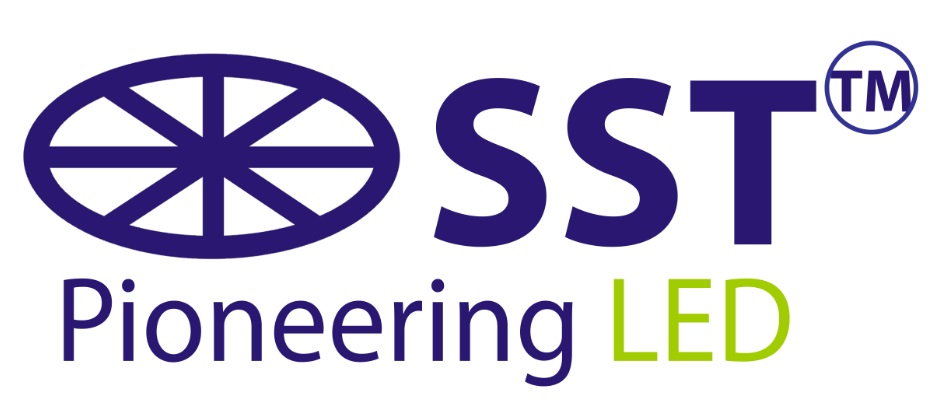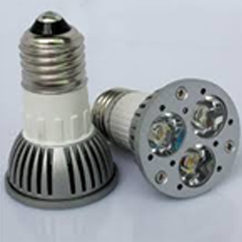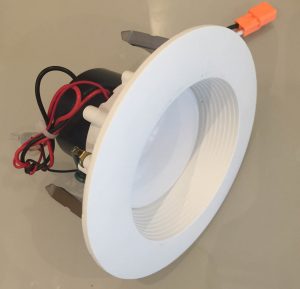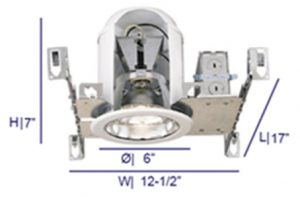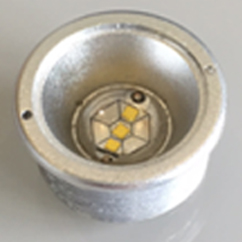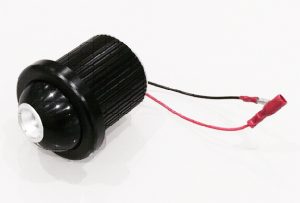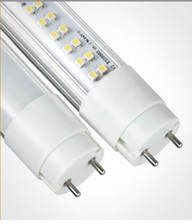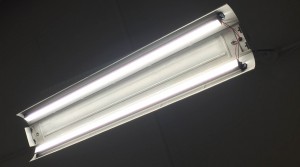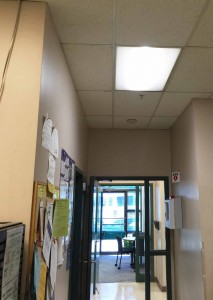What’s wrong with conventional LED designs?
Solid state lighting (SSL) refers to lighting applications that make use of light-emitting diodes (LEDs) or light-emitting polymers. LED lights usually run on DC current provided by a power supply or driver. LED chips made of semiconductor materials are at the heart of the diode and are what converts electricity into light. Although they are far more efficient than conventional lights, LEDs are still only 40% efficient at best (at least 60% of energy supplied is converted into heat). Heat is a major problem for electronic components because it hurts performance and eventually leads to product failure. Better heat removal improves LED lighting efficiency and operating lifetime.

Conventional Recessed LED designs have several flaws:
- Most LED manufacturers mount their LED chips on a Metal Core Printed Circuit Board (MC-PCB). This method of mounting leaves several insulating layers (1000 times thicker than Sunlite’s insulating layer) between the LED chips and the light fixture housing that hinder efficient heat dissipation away from the LED.
- Most LED manufacturers use plastic protective lenses to cover their LED chips. Plastic lenses are inefficient because they reflect light output, degrade and turn yellow over time, and trap heat. Claimed lifetime does not count degradation of the plastic lens, and the earlier failure of driver because of heat.
- Retrofit recessed LED kits and LED bulbs are typically designed to be used in a “can” (recessed light housing). The power supply is enclosed inside the light fixture. With this design the power supply generates heat in addition to that generated by the LED module. Trapped heat builds up and eventually damages electronic components and leads to product failure. The power supply is typically the weak link in LED lighting; its components will fail long before those of the LED module. With a typical retrofit LED kit or LED bulb design, if the power supply or LED modules fail the entire fixture must be replaced because there is no way to fix or replace them.
Conventional LED bulbs 6″ Diameter Can (Recessed Light Housing)
Sunlite Science & Technology has solved the conventional recessed LED design problems:
- Our recessed LED lights do not need a “can” (recessed light housing).
- Our Application Specific (AS-LED) module design (shown below at left) places LED chips directly onto an aluminum heat sink with only a tiny semiconductor layer between the chip and heat sink to act as an insulating barrier.
- Our AS-LED modules fit into our extruded aluminum fixtures that act as a natural heat sink for the LED. Our individual LED modules are also easily replaceable. Sunlite’s “eyeball” can light fixture with an AS-LED module is also shown (below at right).
- Our modules use glass lens covers and have no air gap between the chips and cover.
- Our power supplies are installed separately from our fixtures and are easily replaceable.
Sunlite’s AS-LED module Sunlite’s “eyeball” can light fixture

Conventional LED T-8 or T-12 replacement have several flaws:
- Most LED manufacturers mount their SMD packaged LED chips on a linear Metal Core Printed Circuit Board (MC-PCB). This method of mounting leaves several insulating layers between the LED chips and the light fixture housing that hinder efficient heat dissipation away from the LED.
- Most LED manufacturer make a direct replacement LED tube.
- The power supply is enclosed inside the light fixture. With this design the power supply generates heat in addition to that generated by the LED module. Trapped heat builds up and eventually damages electronic components and leads to product failure.
- The G-13 pins (designed for fluorescent tube) are not strong enough to hold the heavier replacement LED tubes, causing contact problem and the heavier weight is also a mechanical hazard.
- Ballast is recommended to be upgraded after 30,000 hours for plug and play retrofit, qualified electricians are required. Qualified electricians are required for wiring Bypass Ballast Retrofit
- Integrating smart feature is a challenge
Sunlite Science & Technology has solved the conventional LED replacement tube problems:
- Depending on the retrofitting troffer, one power supply can drive one or multiple LED strips. The power supply is mounted to metal frame for better heat dissiption.
- instead of using G13 Pin, the strips are screwed to the troffer through the swivel endcap so that the direction of the light beam can be adjusted.
- Ballast was bypassed
- It is dimmable, and is ready for sensor control and smart control hardware add-ons, can be integrated into building control system.
